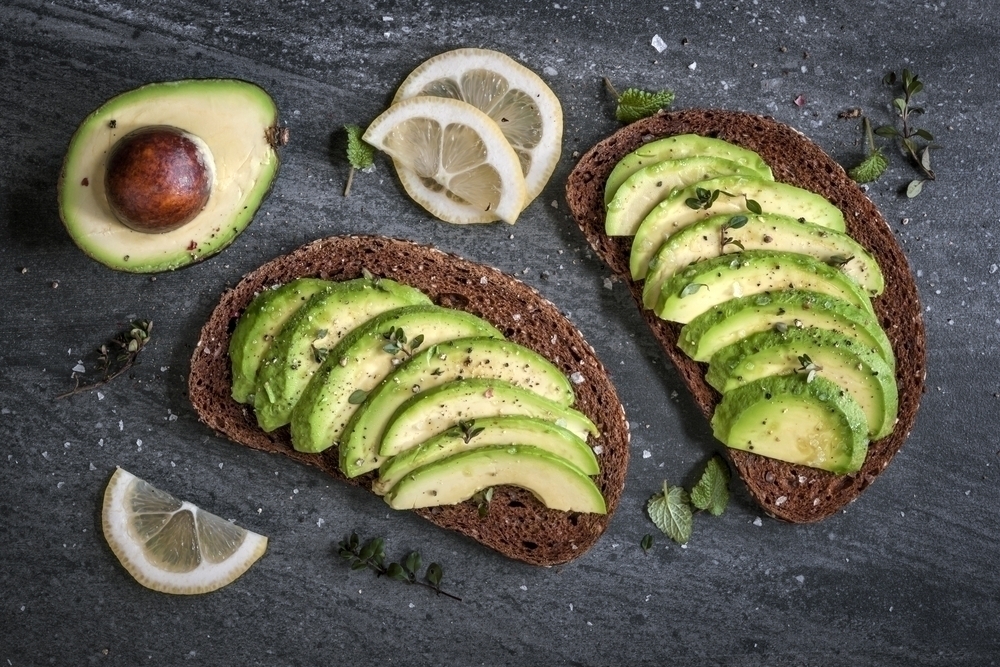What if you could predict your risk for cardiovascular diseases and conditions by the simple act of looking at your skin? While it might not be that easy, recent research suggests that there are links between the health of your skin and the health of your heart. Two major studies supporting this claim include one published in The Journal of Allergy and Clinical Immunology and one published in the Journals of Gerontology. Keep reading to learn about the studies and what they mean for your health.
The Journal of Allergy and Clinical Immunology Study
The skin/heart health study published in The Journal of Allergy and Clinical Immunology involved more than 61,000 adults. Adults that had the inflammatory skin condition eczema were 48 percent more likely to have high blood pressure, 35 percent more likely to deal with adult-onset diabetes and 29 percent more likely to have high cholesterol than other adults. All of these ailments are risk factors that contribute to heart disease and the numbers remained the same, even after other factors that play into cardiovascular diseases such as alcohol consumption and activity levels, were controlled.
Why do those who have eczema find themselves at a higher risk for cardiovascular disease? While the exact answer is unknown, the most probable answer is that those with eczema have such intense chronic inflammation that it shows up throughout the body as opposed to just superficially on the skin. “It may be that chronic inflammation from eczema directly increases cardiovascular risk,” says Jonathan Silverberg, M.D., Ph. D, and assistant professor of dermatology and preventive medicine at Northwestern University Feinberg School of Medicine. Silverberg notes that not all inflammation is a bad thing for your body, in face acute inflammation is the natural response your body has to harmful invaders, it is the constant deployment of natural killer cells and T cells that can interfere with vital functioning, including circulation. Additionally, Silverberg makes it clear that not everyone who suffers from eczema will have cardiovascular problems. You can help prevent both the health of your heart and skin by consuming antioxidant-rich produce, controlling stress levels and being sure to get seven to nine hours of sleep each night.
The Journals of Gerontology Study
Researchers from Leiden University Medical Center in the Netherlands in conjunction with scientists from Unilever observed 250 women who were separated into two groups by the researchers based on high and low cardiovascular disease risk. The scientist analyzed the skin of the faces and upper inner arms of the women and found that the women who appeared younger had lower blood pressure and heart disease risks. “We have found that the feature in the face that blood pressure was linked to was not skin wrinkles but likely what we term as ‘sag’ in the face. The exciting thing is further investigations will enable exact pinpointing of the feature in the face that signposts an individual’s blood pressure,” says Dr. David Gunn, senior scientist at Unilever.
You may not be able to determine your heart health and future cardiovascular disease risk by merely taking a peek in the mirror, but it seems that your skin may reflect more of your internal health than previously thought. You can reduce your risk of cardiovascular disease by engaging in a healthy, active lifestyle that includes low stress, adequate sleep and a nutritious diet. Not only will your heart thank you, but so will your skin.



























